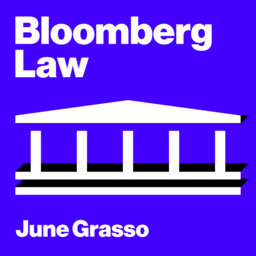Justices Split on Race in Redistricting
Election law expert Richard Briffault, a professor at Columbia Law School, discusses Supreme Court oral arguments on the congressional map of Louisiana. Bloomberg legal reporter David Voreacos, discusses the latest in the standoff over the Trump administration’s deportation of alleged Venezuelan gang members. June Grasso hosts.
 Bloomberg Law
Bloomberg Law


